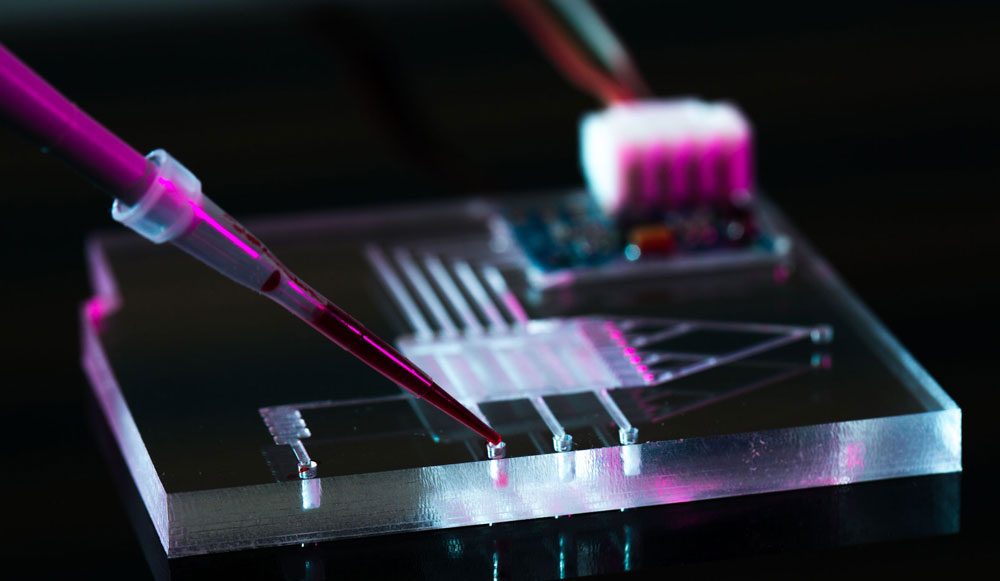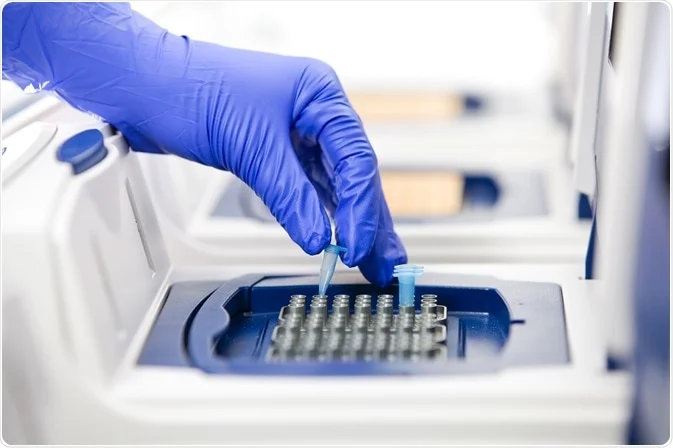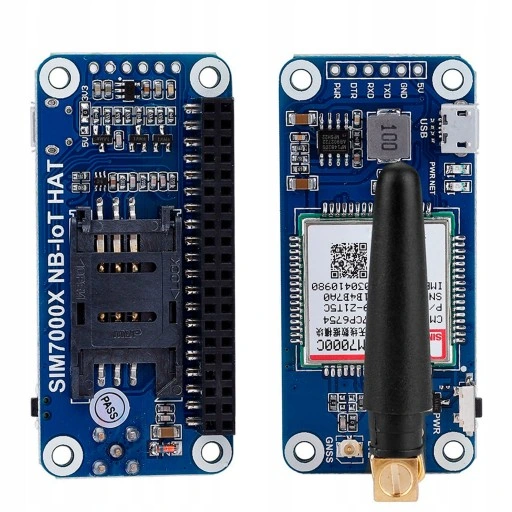Technology
Our CanSat is intended to serve as a technology test that could aid in the search for life in the atmospheres of other planets. The device will collect four air samples at different altitudes, allowing the laboratory to determine the quantity and types of organisms present. An additional sample will be analyzed on board the CanSat, simultaneously testing equipment for such studies, previously unused on such a small scale.
The sampling mechanism itself will rely on a membrane system to capture microorganisms present in the air. The entirety of the results will later be analyzed and compiled to create a “map” of microbes in the lower troposphere.
That’s the other technologies we are going to use while making our probe.
Lab-on-a-chip

Lab-on-a-chip (LOC) technology shrinks lab functions onto a credit card-sized chip, using microfluidics for precise fluid manipulation. It streamlines processes like sample prep and detection, offering faster, resource-efficient analyses. This innovation holds great promise for fields like medical diagnostics and environmental monitoring.
qPCR
Quantitative Polymerase Chain Reaction (qPCR) is a molecular biology technique for real-time DNA amplification and measurement. It’s widely used to quantify gene expression and detect pathogens, thanks to its speed, sensitivity, and ability to provide accurate DNA quantification in real-time.

NB-Iot

Narrowband Internet of Things (NB-IoT) is a low-power, wide-area network technology ideal for connecting IoT devices. It ensures cost-effective, long-range communication with minimal energy consumption, making it well-suited for applications like smart cities, environmental monitoring, and industrial IoT.
